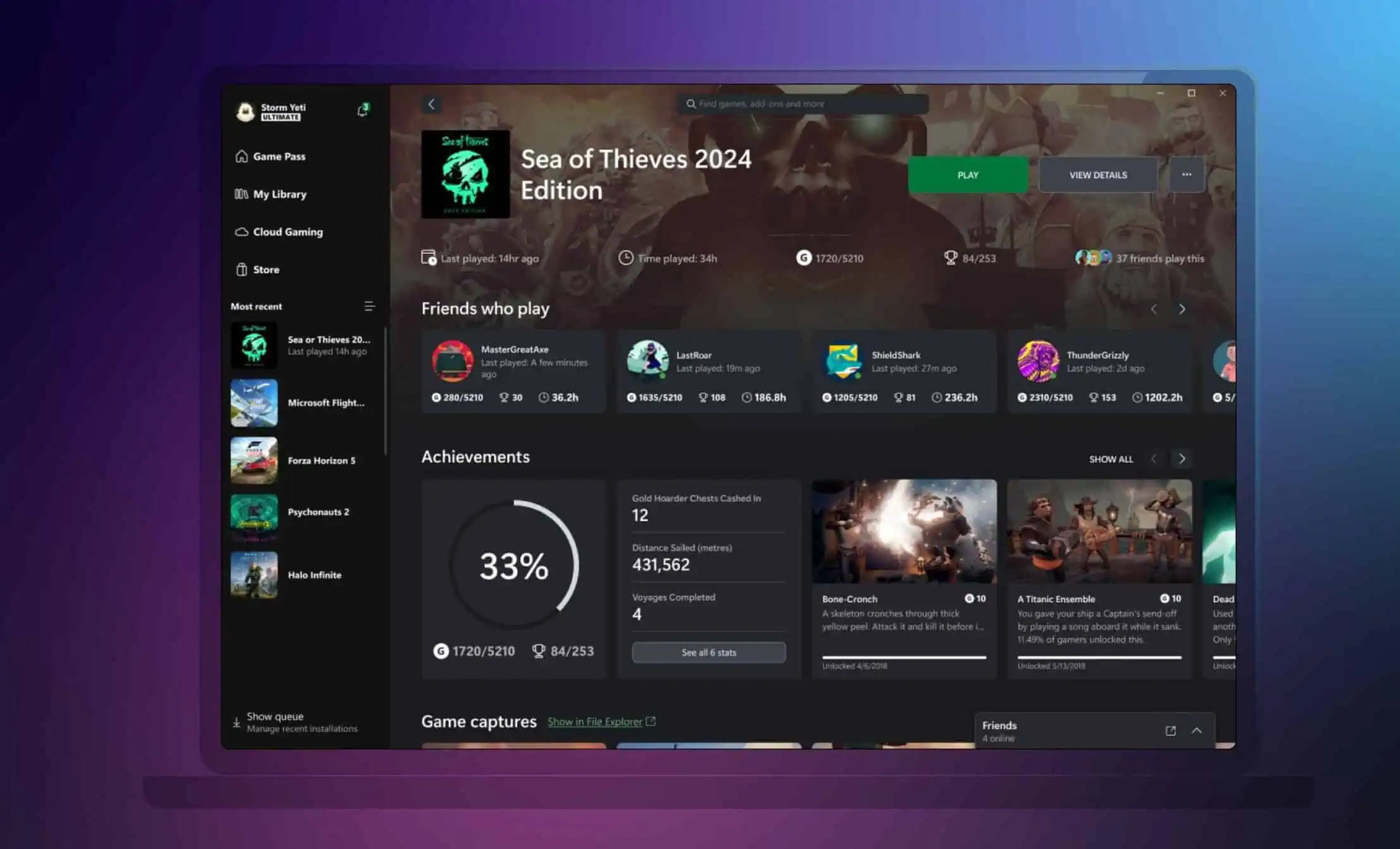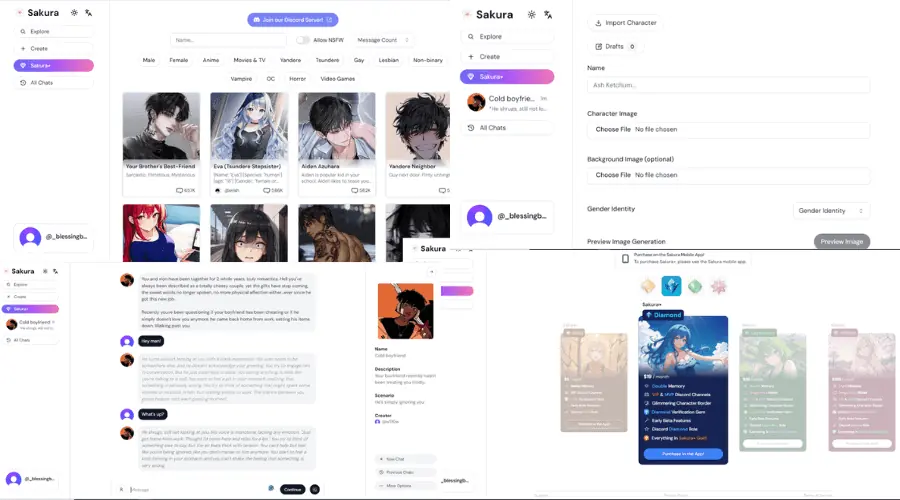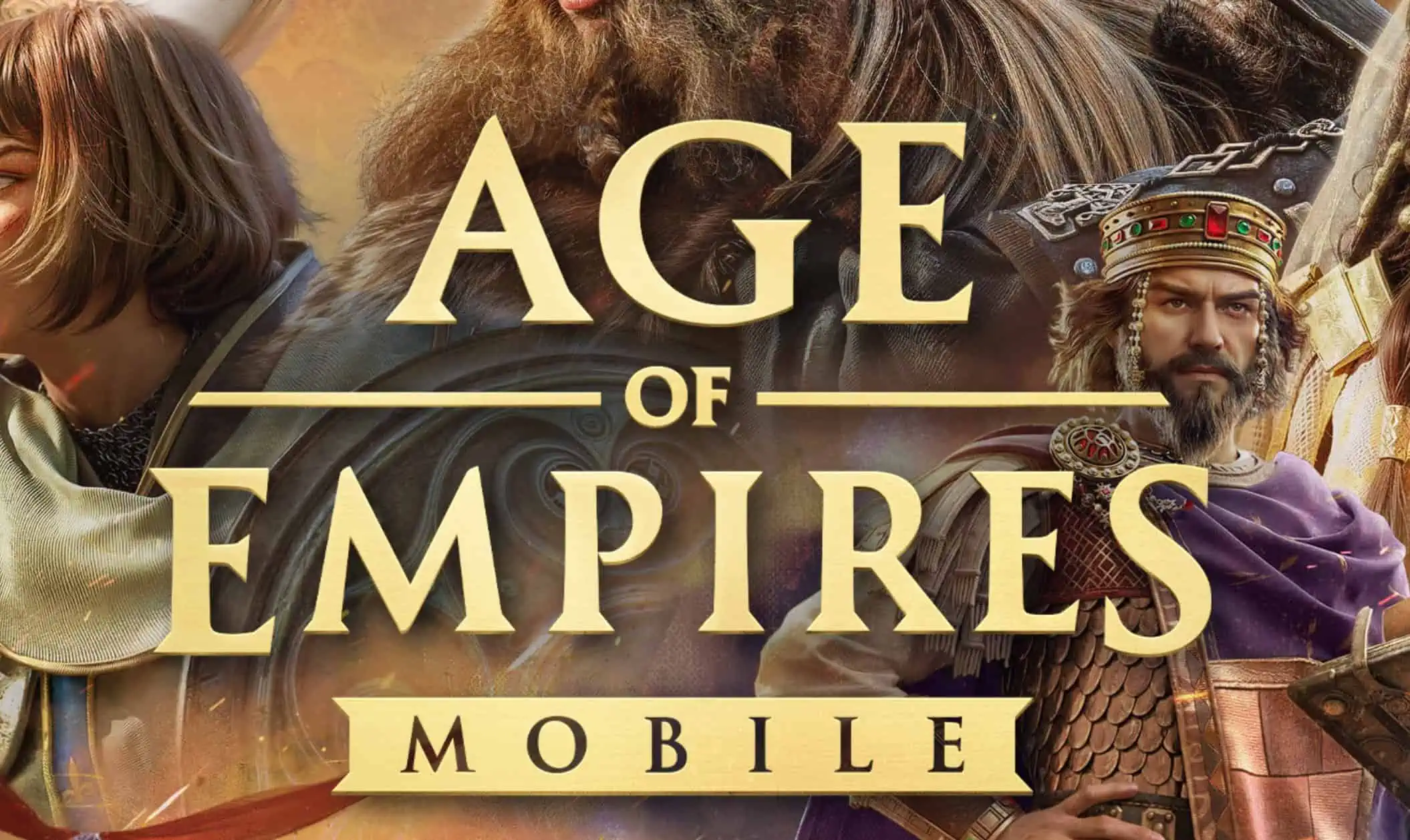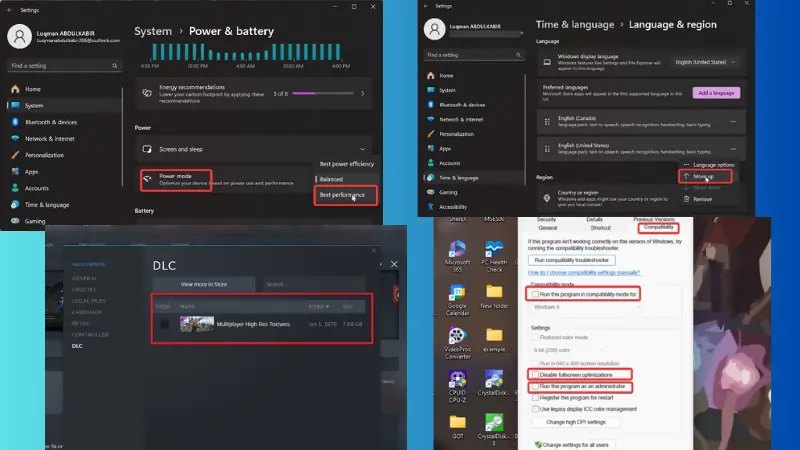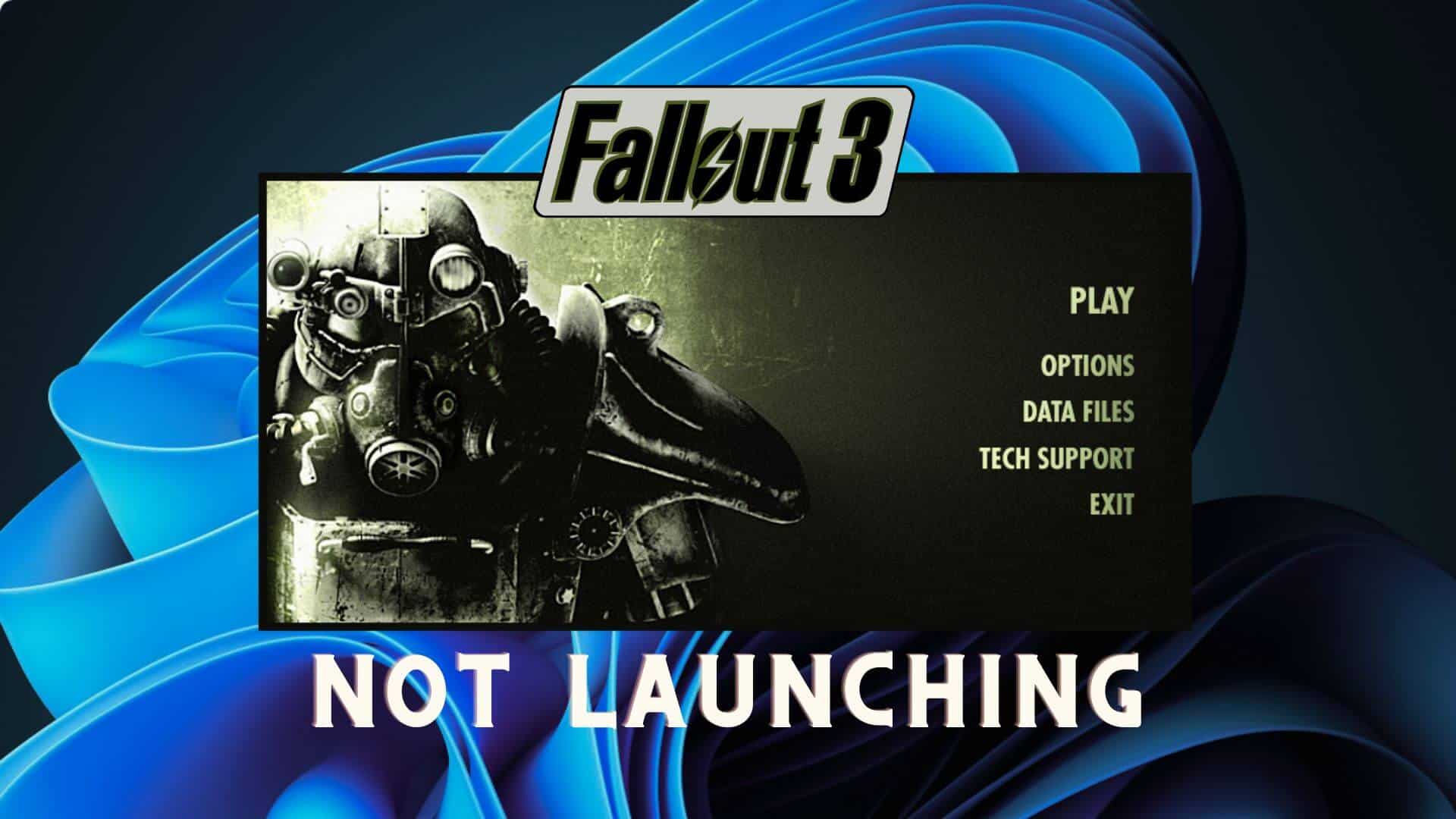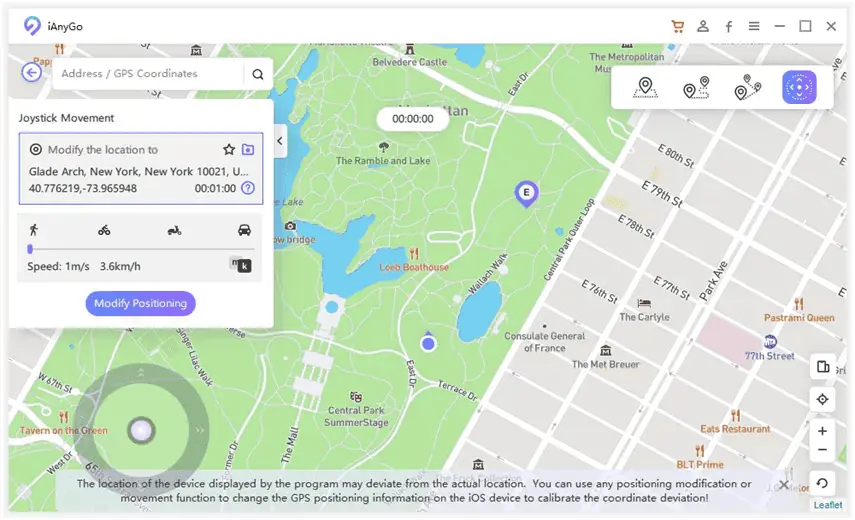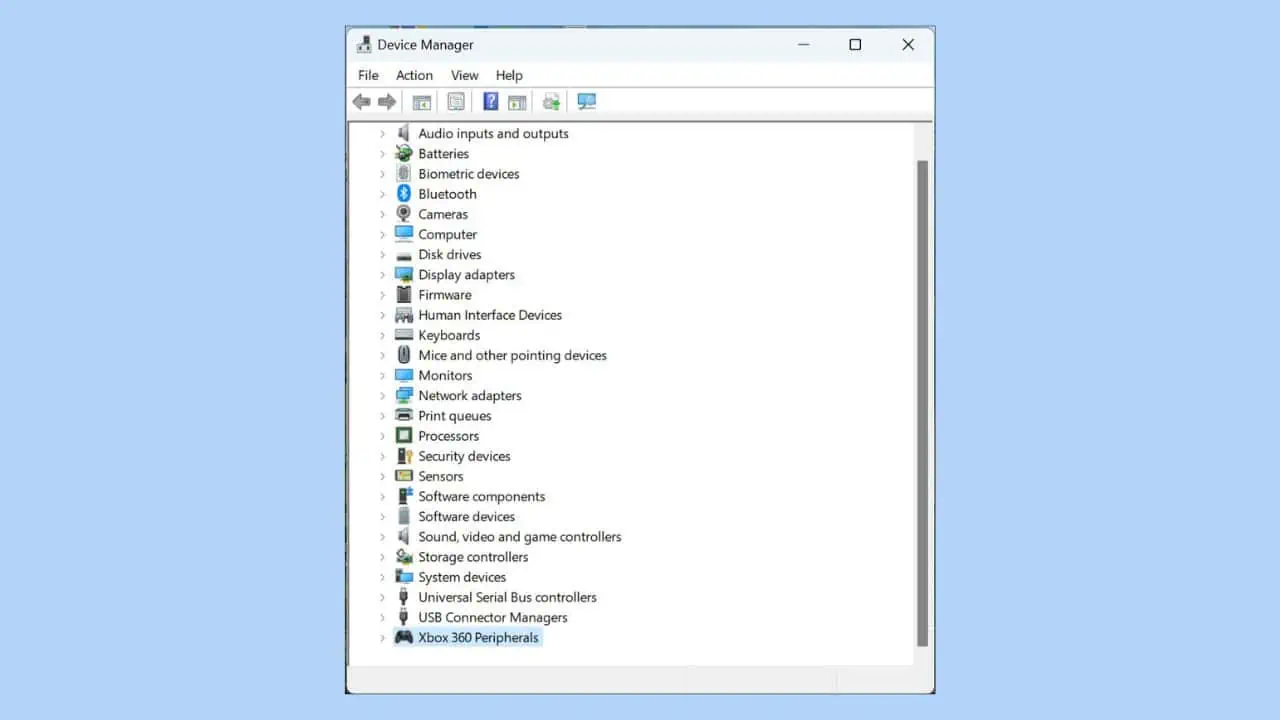Review: Claybook is pretty to look at but lacking in substance
6 min. read
Published on
Read our disclosure page to find out how can you help MSPoweruser sustain the editorial team Read more

Reviewed on Nintendo Switch.
Claybook is a game about controlling a constantly changing piece of clay while a disconcertingly wide-eyed child looms over you. It’s fun, it’s frustrating, it’s physics-based. It’s all the fun of clay without having to clean up after or worry about accidentally mushing a lump into the carpet.
The entire world in Claybook is made of – you guessed it! – clay. You’re a blob made of clay. The ground is clay. I’m quite convinced that the ominous child is made of clay. Occasionally there’s non-clay items, such as chocolate or liquid, but for the most part, everything is clay.
Because everything is made out of clay, you can shape, mould, and destroy almost everything to your liking. The game also has somewhat realistic physics, meaning that you have to find solutions that follow the laws of physics in order to complete each level. I say ‘somewhat’ because unlike the real world, if you destroy the base of almost any object, the object won’t topple over. It’ll just stay suspended in mid-air. Clay apparently doesn’t follow our rules all the time.
Claybook is split into books and chapters, with each book having a certain theme such as chocolate, and with each chapter containing different clay-based tasks. You can earn up to three stars per chapter based on how many tasks you complete. These stars help unlock future books and chapters. It’s that simple!
The tasks vary greatly in difficulty, with levels going from completely obliterating environments to simply (or not-so-simply, if you’re bad at physics) filling basins with liquid, but the game never really penalizes you for failing. At worst, you’ll only receive a one star rating. You can complete a level once you achieve the main goal, which should net you around two stars, or you can stick around and try to 100% everything.
After the second book, you’ll start to realise the game is fairly repetitive in what tasks it has to offer, and that the whole game can be cleared in a matter of hours. However, what the game lacks in task variation, it makes up for in environments. Each level is crafted so beautifully and with such delicate skill that it almost feels like sacrilege to go on a rampage through it. You can tell that the Second Order team really put a lot of hard work, effort, and love into each level and it really does show.
Another thing that Claybook does well is that it places a lot of emphasis on taking your time to enjoy the game and interact with the world, which is a relief. Even the racing levels place a heavy focus on just getting to the goal rather than hurrying around the world. You only need to worry about timers and getting 100% in a level if you’re looking to score a high rank in the in-game leaderboards.
The game also has a sandbox mode, which I completely failed to master on the Nintendo Switch, and I imagine sandbox mode works far better with a mouse and keyboard setup. Sandbox mode allows you to create your own levels and mess around with clay. I managed to make a house-shape entirely out of gingerbread men before realising I’d accidentally built it in mid-air and that I was a complete fool. I’m still proud of my floating gingerbread men house, though.
One of the key features of Claybook, which I’m glad to see on the Nintendo Switch, is cross-platform play with community creations. You can access other players’ creations, regardless of whether they’re on PC, Xbox One, PlayStation 4, or on the Switch, and play them on any platform. Seeing as the Switch version of the game lacks the split-screen mode the other versions of Claybook has, it’s nice to see this feature was still implemented.
On the technical side of things, Claybook scores very highly. Claybook is powered by a technology called Clayfield, allowing for all sorts of fun clay-related things without the lag. My play experience was silky smooth, even when I was launching my sentient clay bob into mid air and bouncing it off fifty objects at once, so I’d give it at least three thumbs up in that department.
The physics of the game are wonderful and weird. Liquids have actual fluid physics and can hinder your progress if you get stuck in them. For example, if you’re trying to fill a basin then you have to dig an adequate trench, or else the liquid just won’t move into the basin. It’s impressive to see a physics based engine implemented so well, so the game scores another three thumbs up. If you find it tough to grapple with realistic physics, though, this game is not for you. It will turn into a frustrating nightmare before you’ve even passed the first level.
Claybook has one main Nintendo Switch-specific flaw, wherein the text size in handheld mode is just a bit too small. While this is easily rectified by changing to docked mode and playing on a larger screen, it’s annoying for people who want to play on the go. This shouldn’t be a problem for anyone playing on a different platform, though.
There also doesn’t appear to be any touchscreen support. The lack of support is understandable, given how Claybook wasn’t developed exclusively for the Nintendo Switch, but it would have been nice to have the option to use the screen there. Other ports have managed it before, so it’s not entirely impossible.
As for the controls themselves, they’re a bit counter-intuitive. For the first hour or two of gameplay you will most likely find yourself accidentally rewinding or constantly digging a hole in the ground without realising it. Once you’ve mastered the controls and memorised which clay shape is best for what (such as using the cylinder shape to get up stairs), the game becomes a lot easier.
Overall, Claybook is a game that looks beautiful and plays well. It’s just a shame that once you scrape the clay off the surface, it’s a short experience with somewhat repetitive tasks. Thankfully, sandbox mode and access to community creations can bolster playtime and add more content to the game, but what the game has to offer in main-quest content is considerably lacking.
You can get Claybook on the Nintendo Switch for just $14.99.




